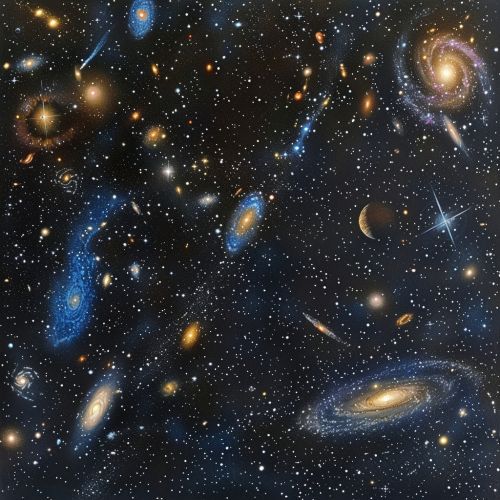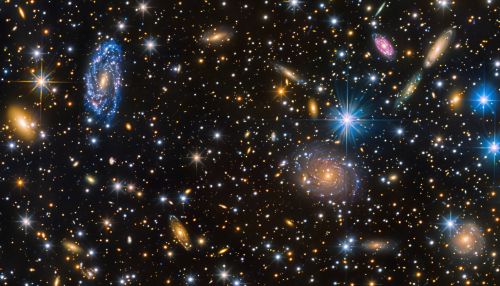Physical Cosmology
Introduction
Physical cosmology, a branch of astronomy, is the study of the largest-scale structures and dynamics of the universe and is concerned with fundamental questions about its origin, structure, evolution, and ultimate fate. For most of human history, it was a branch of metaphysics, founded on deduction and speculation.
History of Physical Cosmology
Physical cosmology, as a branch of astrophysics, began in the 20th century with the development of general relativity and the advent of the big bang theory. The discovery of the cosmic microwave background radiation in 1965 led to the acceptance of the big bang theory and has led to its refinement.
Cosmological Models and Theories
Theoretical cosmologists study many different types of cosmological models, including the Lambda-CDM model, which is the current accepted model that describes the evolution of the universe. Other models include the multiverse theory, string theory, and quantum gravity.
Observational Cosmology
Observational cosmology is the process of collecting and analyzing data from observations to understand the physical universe. This includes studying the cosmic microwave background, large scale structure of the cosmos, and the abundance of elements in the universe.
Future of Physical Cosmology
The future of physical cosmology is tied to the development of new ground and space-based observation tools, such as the James Webb Space Telescope, and the refinement of existing theories and the development of new theories.
See Also


